In the vast expanse of our solar system, remnants of planetary formation linger as silent witnesses to the violent and dynamic processes that shaped our cosmic neighborhood. Among these relics, asteroids hold particular significance, serving as time capsules that preserve clues about the early stages of planetary evolution. Recent advances in the study of meteorites—fragments of asteroids that have fallen to Earth—have unveiled startling insights into the melting and differentiation processes that occurred in these small bodies shortly after the birth of the solar system.
One of the most compelling lines of evidence comes from the analysis of magnetic fossils—minute traces of ancient magnetic fields locked within meteoritic materials. These magnetic signatures, preserved in iron-rich minerals, provide a window into the thermal and magnetic history of asteroid parent bodies. By decoding these records, scientists are piecing together a narrative of how and when these small worlds developed molten metallic cores, a process once thought to be exclusive to much larger planets like Earth.
The conventional view held that asteroids, due to their modest sizes, would have cooled rapidly after formation, preventing widespread melting and core formation. However, the discovery of paleomagnetic signals in certain meteorites has upended this assumption. These signals suggest that some asteroids not only experienced significant heating but also generated magnetic fields through dynamo action—a phenomenon where the motion of conductive fluids, such as molten metal, creates a planetary-scale magnetic field. This implies that even small bodies could have harbored active, molten cores for extended periods.
Central to this revelation is the study of pallasites, a rare class of stony-iron meteorites that exhibit a striking mixture of olivine crystals embedded in a metallic matrix. These meteorites are interpreted as fragments from the boundary zones between the metallic cores and silicate mantles of differentiated asteroids. The preservation of magnetic records in pallasites and other meteorite types indicates that their parent bodies underwent partial or complete melting, leading to the segregation of dense metals into central cores—a scaled-down version of the processes that shaped Earth's interior.
To unravel the timing of these events, researchers have turned to radiometric dating in conjunction with paleomagnetic analyses. The results point to a surprisingly early onset of melting, with some asteroids developing cores within just a few million years of the solar system's formation. This rapid timescale challenges existing models of heat production in small bodies, which traditionally relied on the decay of short-lived radioactive isotopes like aluminum-26 as the primary heat source. While these isotopes undoubtedly played a role, the new evidence suggests that additional mechanisms, such as impact heating or electromagnetic induction, may have contributed to the observed melting.
The implications of these findings extend beyond asteroid science. Understanding how and when small bodies differentiated sheds light on the building blocks of terrestrial planets. If even modestly sized asteroids could form metallic cores, then the protoplanetary debris from which Earth and its siblings accreted may have been far more processed than previously assumed. This could influence our comprehension of how volatile elements were distributed during planetary assembly and how early planetary interiors evolved chemically and thermally.
Moreover, the presence of ancient magnetic fields around asteroids has intriguing consequences for the habitability of early solar system environments. Magnetic fields can shield surfaces from harmful cosmic radiation and solar winds, potentially creating more favorable conditions for the preservation of prebiotic chemistry on these bodies. While this remains speculative, it underscores the broader astrobiological significance of deciphering the magnetic histories of small celestial objects.
As analytical techniques continue to improve, particularly in the realm of nanoscale magnetic imaging, researchers anticipate uncovering even finer details about these primordial melting events. Future studies of returned asteroid samples, such as those from NASA's OSIRIS-REx mission, promise to provide fresh material for testing these emerging hypotheses. Each new meteorite analysis adds another piece to the puzzle, gradually revealing how the seemingly quiet asteroids of today were once dynamic worlds with molten hearts and magnetic personalities.
This ongoing research exemplifies how the microscopic examination of extraterrestrial materials can illuminate grand questions about planetary origins. The magnetic memories preserved in meteorites serve not merely as scientific curiosities but as profound testimonies to the transformative processes that operated across all scales during the solar system's youth—from the smallest asteroids to the largest planets. In studying these magnetic fossils, we are, in essence, performing an archaeological excavation of planetary cores, unearthing secrets from a time when the architecture of our solar system was still being forged.
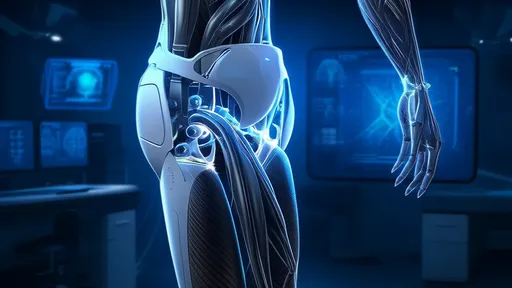
By /Aug 14, 2025

By /Aug 14, 2025

By /Aug 14, 2025
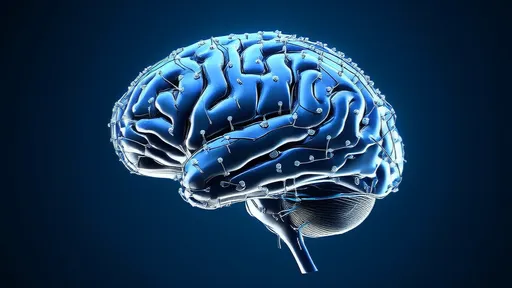
By /Aug 14, 2025
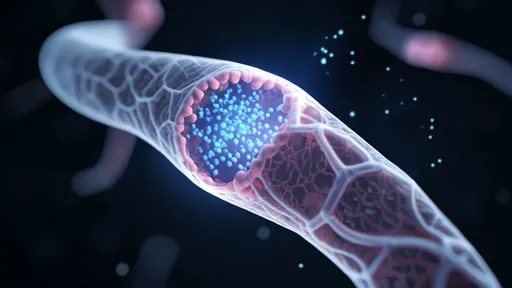
By /Aug 14, 2025
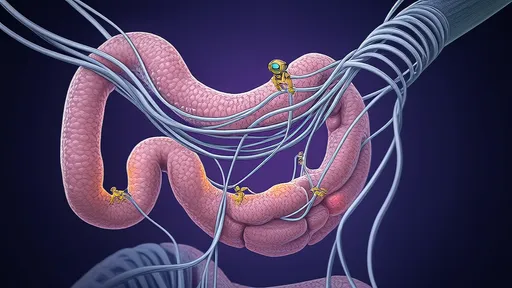
By /Aug 14, 2025
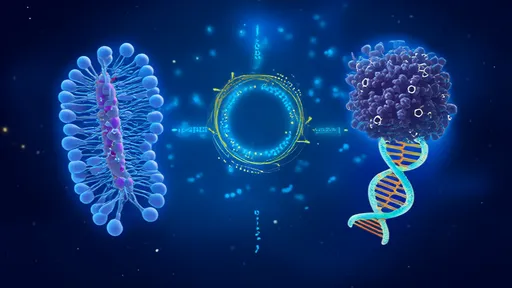
By /Aug 14, 2025
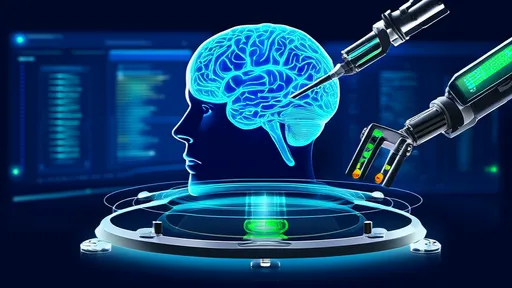
By /Aug 14, 2025

By /Aug 14, 2025

By /Aug 14, 2025

By /Aug 14, 2025

By /Aug 14, 2025
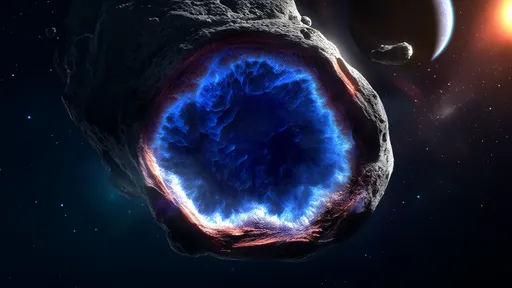
By /Aug 14, 2025
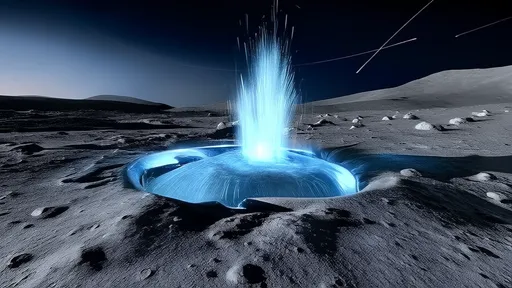
By /Aug 14, 2025

By /Aug 14, 2025

By /Aug 14, 2025

By /Aug 14, 2025

By /Aug 14, 2025

By /Aug 14, 2025

By /Aug 14, 2025